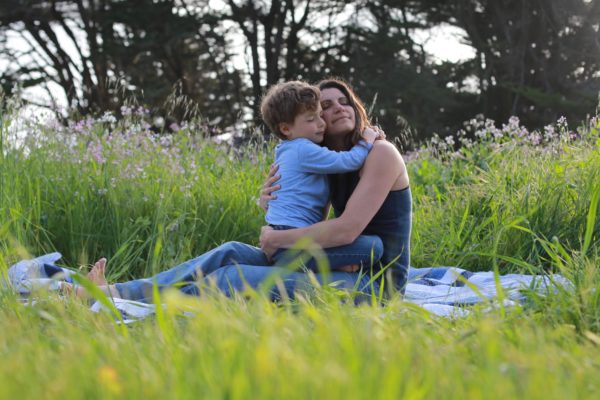
Children around the world are sitting with unprocessed grief. Most children don’t know how to express the grief they feel about all that they lost so quickly. The unprocessed sadness and tension often builds up inside, leading to off-track behaviors. Their off-track behaviors tend to trigger us as parents – and when we react, this simply pours more tension into our children’s systems, creating a downward spiral. We all end up feeling drained and disconnected.
What our children need most from us is help getting to the bottom of their big feelings. And to do this, we need to find ways to create a sense of psychological safety – a soft place for their big feelings to land. Winnicott referred to this as a holding environment, which is “any therapeutic space that allows an emotionally fragile or insecure person to deal with affects that might potentially be overwhelming” (American Psychological Association Dictionary).
It is important to know that we can’t achieve psychological safety or a therapeutic holding environment by interrogating our children with questions like: “Why are doing that? What’s causing you to act this way?” We establish a holding environment by creating safe moments to help our children talk, draw or write about all that has changed so quickly and all that they miss about the way things used to be. And instead of trying to change or fix those feelings, we simply practice turning towards and being with those feelings. (Try this Mindful Moms yoga class to help you practice turning towards and being with your children’s big feelings.)
Even so, talking about feelings doesn’t always help to get to the root of the deeper feelings. As trauma therapist Peter Levine writes, “The more painful your feelings, the more likely you are to hold the experience at bay, never able to fully let it in so that it can be processed and relinquished. Nor are you able to let it go…for you cannot fully let go of what you have not yet welcomed in.” So even if we do try to create a safe space for our children to talk about their feelings, our children might be “stuffing” their feelings – hiding their feelings not only from us, but from themselves. This is especially true for sensitive children, who can easily feel overwhelmed by the intensity of the unpleasant sensations that come along with unpleasant feelings. This emotional “stuffing” in turn creates what Patty Wipfler from Hand in Hand Parenting refers to as a “full emotional backpack”.
What does tend to help children get to the root of their deeper feelings and finally release stuffed feelings is when we as the parent can set a clear, loving limit – and then stay calm, come close and offer connection as we listen to their big feelings about that limit we just set. Patty Wipfler refers to these two tools as “Limit Setting” and “Staylistening”. She encourages parents to practice combining the two tools – like this:
“Limit. Listen. Limit. Listen.”
As our children express all of their upset about the limit, the deeper feelings that they’ve been stuffing down inside come tumbling out too – like taking a full emotional backpack, turning it upside down and shaking it all out.
We don’t need to fix those feelings that come out, we simply hold them in our loving presence, all the while shining faith on our children that they can survive this big emotional wave that is moving through. We trust that supporting them as they empty their emotional backpack will not only help them survive this emotional moment – but it will help them thrive! Indeed, what is left after the emotional backpack has been emptied is a child that is no longer burdened by the tension of stuffed feelings. Our child is now free to be relaxed, playful and creative. Our child is now able to think clearly, cooperate and take in new information so they can be present for learning.
So if you want your child to be able to learn from home during the lockdown, they don’t need more pressure. What they need most is for you to create a sense of psychological safety, so they feel safe enough to empty their emotional backpacks. They can in turn fill their backpack with all of the good learning opportunities that are available for them at home, with you by their side, offering love and connection along the way.
None of this is easy. So make sure you have someone offering you a soft place for your feelings to land, too! Call a friend or family member who can serve as a holding environment for you. And if you don’t feel comfortable with that, reach out to a professional. Many of us therapists are offering teletherapy during the COVID-19 lockdown. And we want to support caring parents like you!
Related Videos:
What our Kids Need Most During the COVID-19 Crisis
Two Things Kids Need to Hear During the COVID-19 Lockdown
Mindset and Limits: View Your Children’s Frustration as a Grief Process
Mindful Moms Yoga: Turning Towards and Being With Feelings
— Published on May 1, 2020 at https://thriveglobal.com/

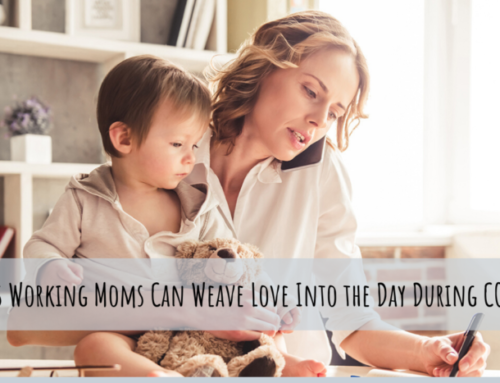
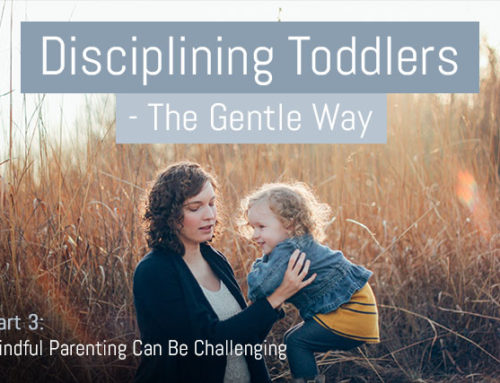
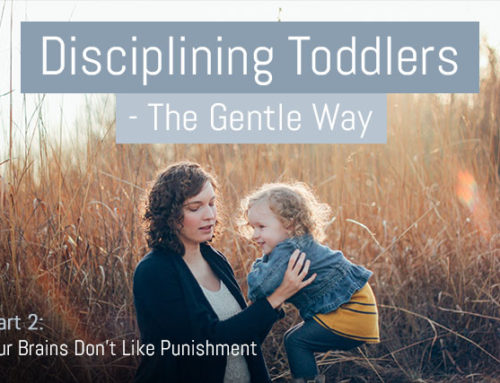
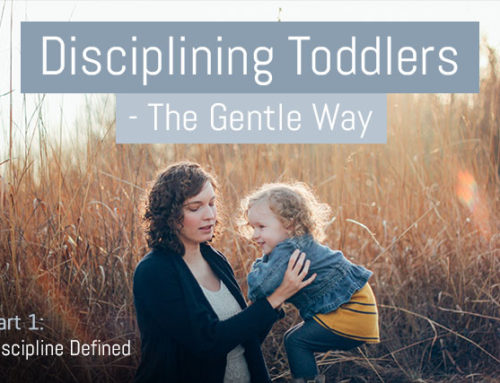

Leave A Comment